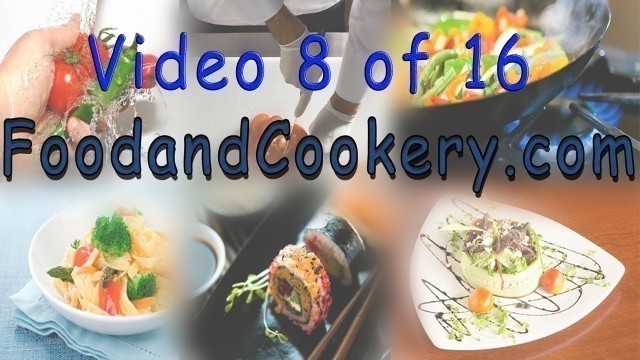

'http://www.food-safety-training.net Level 1 Food Hygiene Certificate - Food Hygiene Course - Level 1 Food Hygiene Certificate - Caerphilly As bacteria are very similar to us they need similar conditions in order to grow. The main conditions are food, moisture, warmth and time. Food and Moisture. There are four main food types: • high risk foods • raw foods • low risk foods • ready to eat raw foods. High risk foods are common in food poisoning outbreaks. They are usually composed of protein, are ready to eat, stored under refrigeration and no further processing such as cooking is required. Examples include pates, sandwiches, filled rolls, fresh cream and artificial cream cakes, pies and cold cooked meats. Raw foods are a major source of food poisoning organisms. High risk foods must be kept away from raw foods at all times or cross contamination will result and food poisoning will occur. Low risk foods do not pose a food safety hazard mainly because they lack one or more of the requirements for bacterial growth. They could be acid foods with a pH of less than 4.5, they may have a high sugar, salt or fat content which are good natural preservatives. They may be dried products or preserved foods not requiring refrigeration. They may be foods that require ambient storage. The last category of food is ready to eat raw foods. These include fruit and salad vegetables and they must be thoroughly washed before consumption to minimise the risk from low-dose pathogens. High risk food contains sufficient moisture for bacterial growth. Warmth. The next thing to consider is warmth. If we control warmth then bacterial growth will not occur. The maximum recommended temperature for freezers is -18°C. At this temperature there is no bacterial growth, bacteria remain dormant. Although some bacteria are killed during the freezing process, many remain alive. Fridge temperatures should be between 1 and 4°C. Although the maximum legal fridge temperature in the UK is 8°C. At fridge temperatures some bacteria will grow very slowly including Listeria and C botulinum. The next range of temperatures is the temperature danger zone. This is between 5 and 63°C. Once food is being prepared it must be kept out of the temperature danger zone. If food is left in the temperature danger zone bacterial growth will occur and food poisoning will result. As bacteria enter the temperature danger zone at 5°C they start to grow slowly. As the temperature increases the bacteria will grow more profusely. Bacteria grow best at 37°C, which is body temperature. As temperatures increase from 37°C bacterial growth slows down. Most bacteria are killed by 52°C. The UK recognised safety cooking temperature is 75°C, although foods can be cooked at a low temperature over a longer period of time. The hot holding temperature is 63°C, which is the top of the temperature danger zone. If food is to be served hot, for example in a carvery situation it must be retained above 63°C. If the food is above this temperature, there is no time limit to how long the food can be served for. http://www.food-safety-training.net'
Tags: food hygiene training , Food Hygiene Certificate , food safety training , food safety training courses , food safety certificate , food hygiene training courses , level 2 food safety & hygiene for catering , level 1 food hygiene certificate , food hygiene course , advanced food safety , training courses in food hygiene , Low cost online food hygiene courses , Level 3 Food Hygiene Certificate Supervisor , welshgibberish
See also:
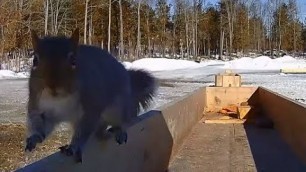
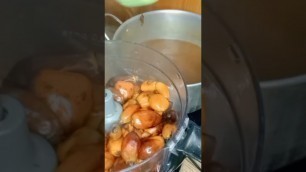




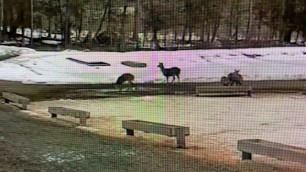
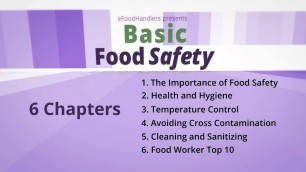

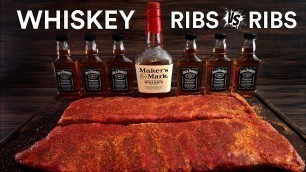


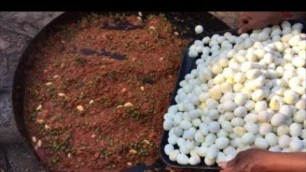



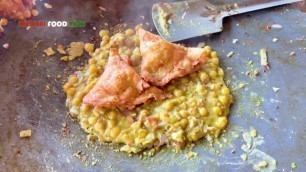
comments